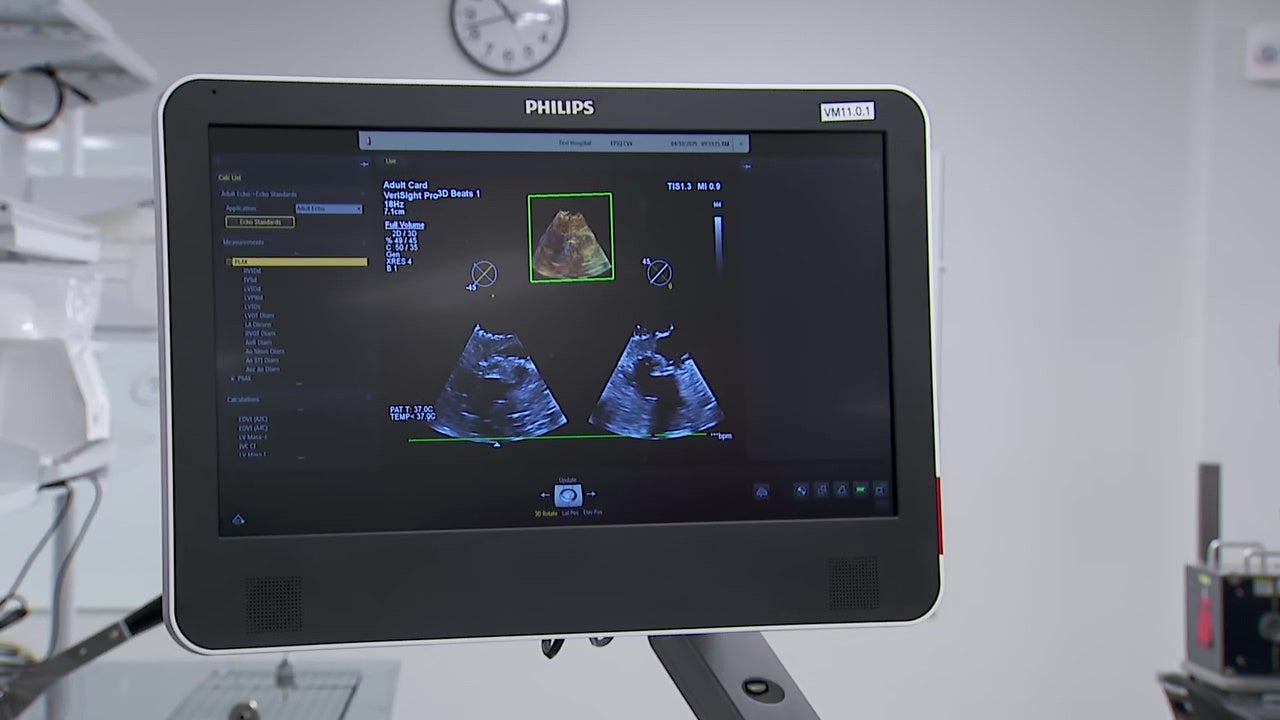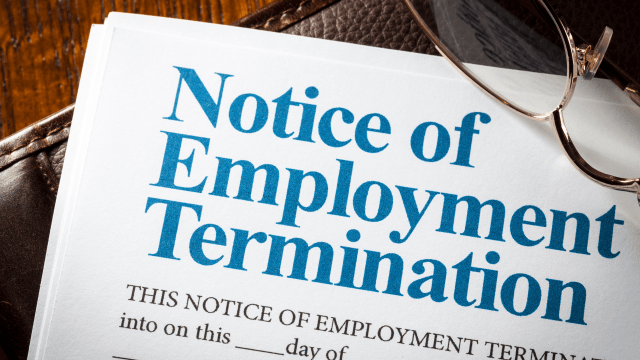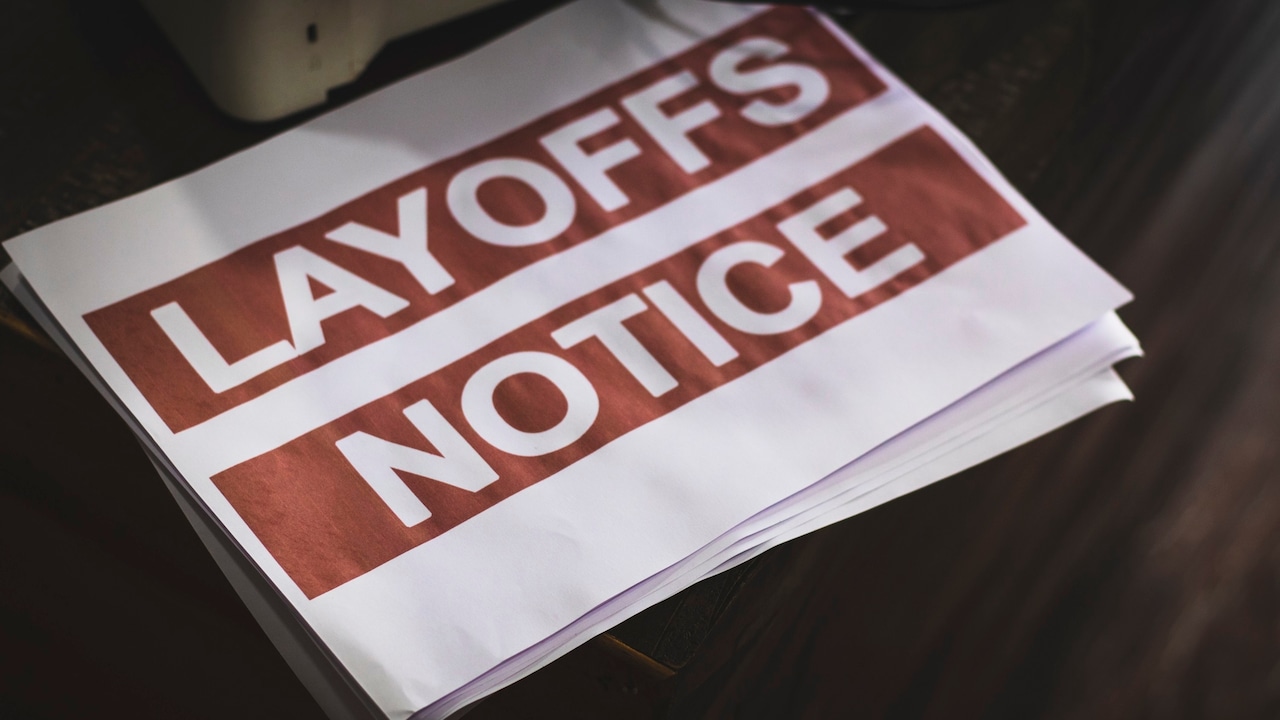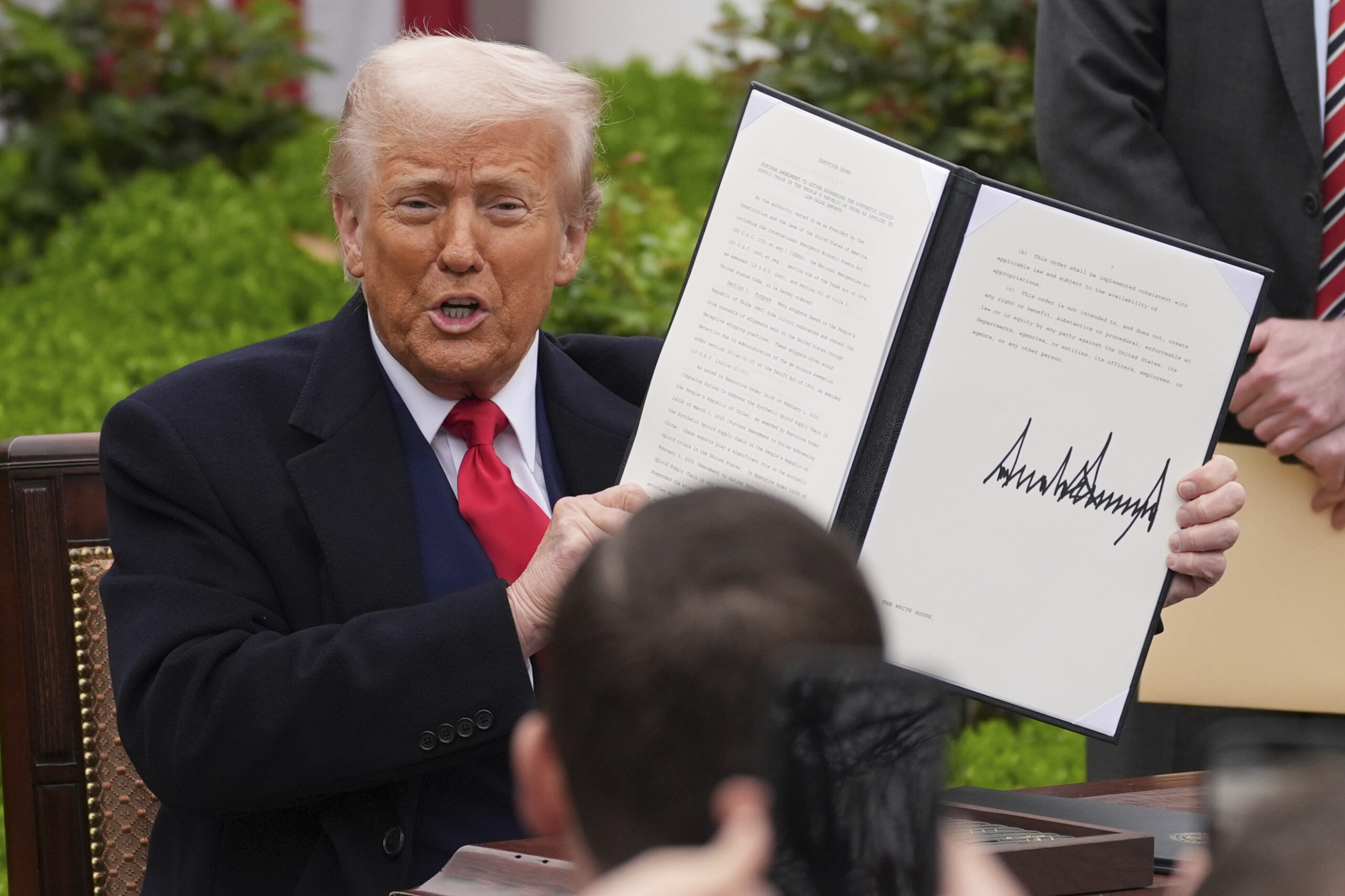Threads of Uncertainty: How Trump's Trade War Unraveled a South Carolina Textile Powerhouse
Manufacturing
2025-04-12 09:01:38Content

In the wake of its textile industry's collapse, South Carolina's Upstate region found an unexpected lifeline through foreign investment. International companies breathed new life into the area's struggling economy, transforming abandoned mills and revitalizing local communities. However, a new challenge looms on the horizon: escalating trade tensions and tariffs threaten to disrupt the delicate economic recovery that foreign manufacturers have helped build.
Once a thriving textile hub, the region experienced devastating job losses as manufacturing moved overseas. Foreign companies, particularly from Europe and Asia, saw an opportunity where others saw decline. They invested heavily in advanced manufacturing, automotive, and technology sectors, creating thousands of jobs and injecting economic vitality into communities that had been left behind.
Now, these same companies face uncertainty as trade policies shift and tariffs create additional economic pressures. The very international connections that rescued the Upstate from economic despair may be tested by ongoing global trade tensions, leaving local workers and businesses anxiously watching the economic landscape.
The story of the Upstate serves as a powerful reminder of economic resilience, global interconnectedness, and the delicate balance of international trade in today's rapidly changing economic environment.
Economic Resilience: How Foreign Investment Transformed South Carolina's Industrial Landscape
In the heart of America's industrial belt, the Upstate region of South Carolina stands as a testament to economic transformation, where the decline of traditional textile manufacturing gave way to a remarkable renaissance driven by international corporate investment. This narrative of reinvention reveals a complex tapestry of economic adaptation, global interconnectedness, and the profound impact of foreign direct investment on local communities.When Global Meets Local: A Story of Economic Survival and Reinvention
The Textile Industry's Dramatic Decline
The once-thriving textile sector in South Carolina represented more than just an economic pillar; it was a cultural cornerstone that defined generations of workers and communities. As globalization intensified and cheaper manufacturing alternatives emerged in developing countries, the region faced an unprecedented economic challenge. Thousands of jobs vanished, leaving behind abandoned factories and communities struggling to redefine their economic identity. Manufacturing facilities that had operated for decades suddenly found themselves obsolete, with machinery gathering dust and workers facing uncertain futures. The economic landscape seemed bleak, with traditional industries crumbling under the weight of international competition and technological disruption.Foreign Investment: A Transformative Economic Lifeline
International corporations, particularly from Europe and Asia, recognized the untapped potential of South Carolina's skilled workforce and strategic geographic location. Companies from Germany, Japan, and South Korea began establishing manufacturing facilities, bringing advanced technologies and sophisticated production methodologies. Automotive manufacturers like BMW and Volvo became pivotal players in this economic transformation. Their investments not only created direct employment opportunities but also stimulated the growth of complex supply chain ecosystems. Precision engineering, advanced manufacturing techniques, and significant capital investments breathed new life into communities that had been economically devastated.Navigating Trade Uncertainties and Tariff Challenges
The current geopolitical landscape introduces renewed economic uncertainties. Emerging trade policies and tariff negotiations threaten to disrupt the delicate economic balance that foreign investments have carefully constructed. Manufacturers now face potential increased production costs, complex regulatory environments, and shifting global economic dynamics. These challenges require sophisticated strategic planning and adaptability. Companies must continuously reassess their operational models, explore alternative supply chains, and develop resilient business strategies that can withstand potential trade restrictions and economic fluctuations.The Human Story of Economic Transformation
Behind the macroeconomic statistics lie deeply personal narratives of workers who transitioned from traditional textile roles to advanced manufacturing positions. Training programs, community colleges, and corporate skill development initiatives played crucial roles in preparing the workforce for these technological shifts. Workers who once operated traditional textile machinery now program sophisticated robotic systems, calibrate precision equipment, and participate in global manufacturing networks. This transformation represents more than an economic shift; it symbolizes human adaptability and the potential for continuous learning and reinvention.Future Outlook and Economic Resilience
The Upstate region's journey demonstrates the critical importance of economic flexibility and openness to global partnerships. As trade dynamics continue to evolve, the area's ability to attract and retain international investments will depend on maintaining a skilled workforce, supportive regulatory environments, and a commitment to innovation. Emerging technologies like advanced manufacturing, renewable energy, and digital infrastructure present new opportunities for economic diversification. The region's success will hinge on its capacity to anticipate and proactively respond to global economic trends, continuing the remarkable story of transformation that has already reshaped its economic landscape.RELATED NEWS
Manufacturing

Behind Apple's Massive $500B Bet: Reshaping American Manufacturing
2025-02-25 00:08:05
Manufacturing

Manufacturing Renaissance: Experts Predict Economic Transformation for Struggling Regions
2025-05-05 19:23:00
Manufacturing

Manufacturing Renaissance: Walz Celebrates Philips' Minnesota Comeback
2025-04-10 17:08:02





